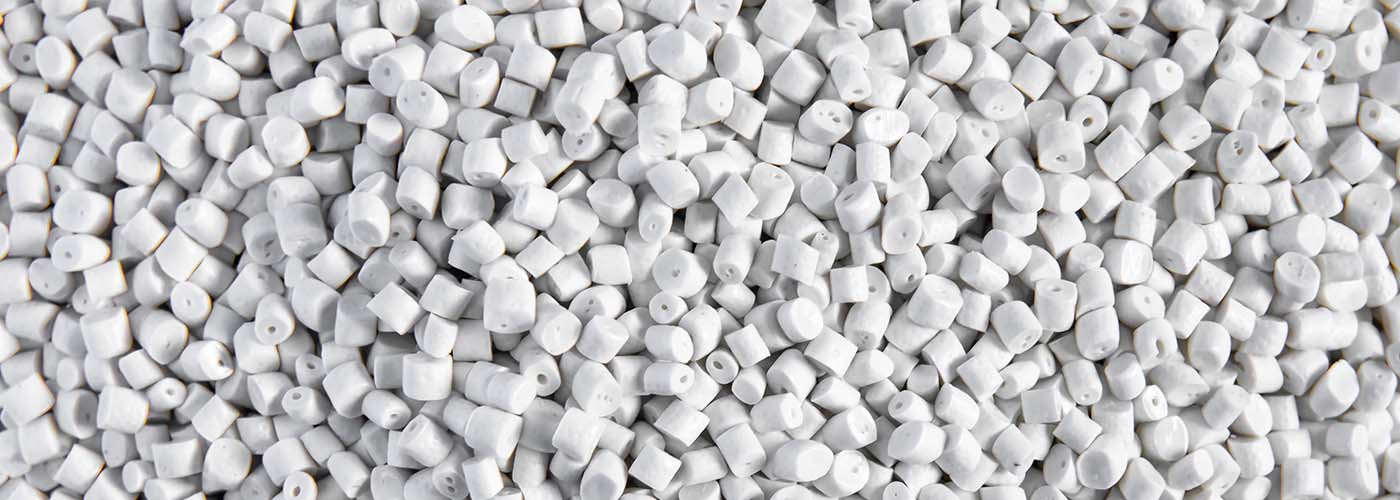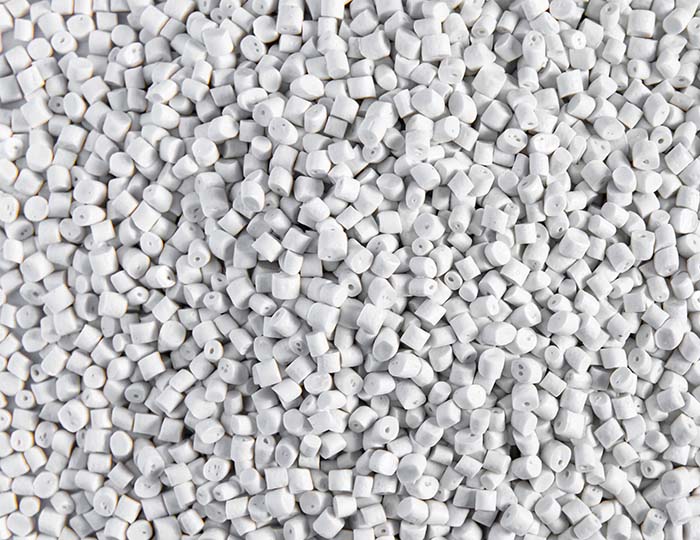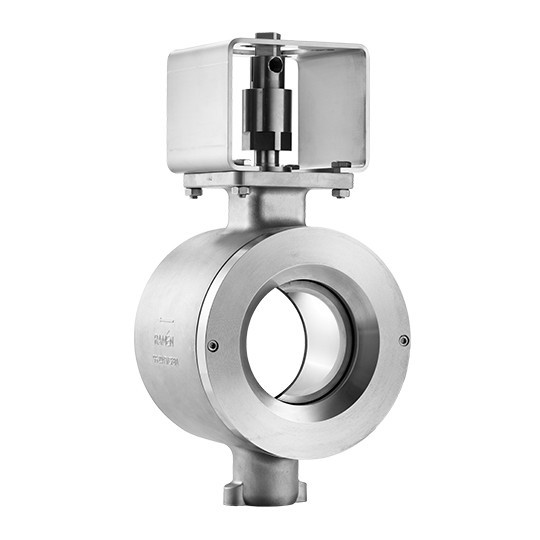

Plastic resin producer solves tricky situation with Ramén Ball Sector Valves
When an expensive control valve breaks down after three months only, a remedy is needed badly. But engineering resin producer Ticona had lived with this situation for considerable time due to their extra-ordinary producing process. Thinking outside the box was the way out. Using a Ramén Ball Sector Valve not only solved the problem, but also saves money.
The expensive Hastelloy-C plug valves that were previously used in the process was ready for scrapping after only three months. This situation could not be tolerated for long, but the harsh conditions in fiber enforced plastic production at Ticona in Kelsterbach meant that abrasion and corrosion occurred on the body, tapered seat or plug after only a short time, leading to total failure. The Chief Engineer took a long hard look at the problem and decided to give Ramén Ball Sector Valves a chance. He had run into it on an exhibition a a few months prior and believed in the construction. “As soon as they explained the control valve to me, a light went on in my head.” is how the Chief Engineer describes it.
The fiber enforced plastics manufacturer conducted a parallel test of a ball sector valve. “The very first attempt was a major success. The valve lasted nearly ten months, almost three times as long as before,” explains the Chief Engineer. The trick: The valve is made from standard material (stainless steel) and only has hard chrome-plated (stellated) ball sector surfaces. This is the reason why it is significantly less expensive than the previous valve made from Hastelloy. Furthermore, the damaged valve can be repaired and even costs a good deal less to buy than does the plug valve made from Hastelloy. Considering the numerous control functions in which these valves are used at Ticona under extremely challenging conditions, the saving potential is quite considerable.
A small actuator is sufficient
As far as the client is concerned, the reason for the longer service life is principally to do with the geometry. The media flows through the ball sector element in a totally different way than in the plug valve.
Other important aspects in favour of using Ball Sector valves are their comparably light weight and relatively low actuator thrusts. The friction against the stuffing box seal in plug valves means they have a very high breakloose torque and this explains why they need powerful actuator thrusts. The torque with the Ball Sector valve, on the other hand, is relatively low and the actuators can be correspondingly smaller. A single-action Wirematic actuator with a safety position is used on the valves. Furthermore, the valve does not get blocked because the entire pipe cross section is left unobstructed when the ball sector is fully open. The fibre enforced plastics manufacturer is also happy when it comes to the control response: “In our case, the control accuracy that has been achieved is comparable to that of the plug valve we used to use,” the Chief Engineer reports.

How the Ramén Ball Sector valve works
The ball sector valve consists of a hemispherical shell – the ball sector – that is held securely in the valve body using two large bearing stems. Part of the hemispherical shell is used for isolating, while the other has a hole with a diameter corresponding to about 80% of the nominal size of the valve. The ball sector is turned through about 90° from fully open to closed.
The shape of the opening cross section changes from completely round to elliptical in this case. This practically round shape for the flow opening reduces the risk of blockage when small control settings are made. The valve characteristic maintains almost the same percentage value with constant differential pressure. The modified equal-percentage operating characteristic (in operation, the differential pressure increases as the valve closes) combined with the outstanding rangeability of 300:1 mean that the valve can be used for most control tasks. The special connection of the valve body ensured that the differential pressure on the valve has little effect on the actuating torque. Ball sector valves are used as isolating and control valves for fluids, gases, turbid media and sludges, especially in the pulp and paper and chemical industry. Abrasive slurries of iron ore, coal, lime and fly ash are also controlled with this type of valve.
Contact us
Use the form to contact us.
 Language
Language Swedish
Swedish English
English